Turbocharged, gasoline-direct-injection (T-GDI) engines have been the topic of many AMSOIL blog posts the last few months, and for good reason. In recent years these technologies have taken the automotive industry by storm. Today, most vehicles roll off the assembly line featuring at least one of these components, and usually both.
Why have engines changed?
You might find yourself asking, “What’s wrong with the good ‘ol engines we all know and have used for years?”
The answer has to do with CAFE requirements.
Since the 1970s, the government has required each automaker’s vehicle fleet to deliver a minimum average fuel economy or face penalties.
The minimum allowable fuel economy has steadily risen over the years and is scheduled to hit about 40 mpg by 2026 after the Trump administration’s recent rollback of Obama-era proposals.
To meet this goal, automakers have been turning to any technological advantage they can find, including turbos and direct injection.
Turbocharger 101
So, how does a turbo improve fuel economy?
To find out, let’s look at how they work.
A turbo is essentially an air compressor powered by exhaust gasses. The gasses spin a turbine that pulls air through the intake and forces it into the combustion chamber.
This improves combustion due to increased oxygen, which you experience as boosted horsepower and fuel economy.
Turbos sound like all upside to us drivers. More power, less fuel. What’s the problem?
The heat is on
Well, a turbo can spin upward of 300,000 rpm.
Think of that for a second. For perspective, consider that the average vehicle today redlines at around 6,000 rpm, meaning the turbo can spin up to 50 times faster than your engine can operate.
In addition, the gases that spin the turbine can exceed 1,000°F (538ºC). Extreme speed coupled with blistering heat can lead to deposit buildup, known as turbo coking, which ultimately can ruin the turbo.
What’s the best oil for turbo cars?
Engine oil lubricates and cools the turbo, so it makes sense to use the best oil you can find for your turbocharged car or truck.
Using a high-quality synthetic oil, like AMSOIL Signature Series Synthetic Motor Oil, helps reduce deposit buildup on turbo spindles and maintains performance.
In fact, it protects turbos 72% better than required by the GM dexos1 Gen 2 specification, as show here.
Another tip is to let your turbo vehicle idle for a minute or two after driving.
The circulating oil will cool the turbo properly and reduce formation of performance-robbing deposits.
Let’s be direct
Gasoline direct injection (GDI) has also gained popularity with automakers. In fact, nearly all manufacturers use this technology to some degree.
GDI engines locate the fuel injectors directly in the combustion chamber, as opposed to the intake manifold as with a traditional port-fuel-injected engine.
Doing so allows automakers to precisely control fuel-injection timing and, in some cases, perform multiple injections during the same piston stroke.
Such precise control allows the computer to adjust the air/fuel ratio to as lean as 50:1 under certain conditions, whereas port-fuel-injected engines operate around 14.7:1.
This precision results in improved fuel economy.
Pump up the jams
GDI engines are also equipped with a high-pressure fuel pump capable of generating fuel pressures up to 2,000 psi.
In comparison, port-fuel-injected engines run on fuel pressure around 40 psi.
Increased fuel pressure helps cool the cylinder and atomize the fuel more effectively for a more complete burn.
Fuel dilution in GDI engines
Again, GDI sounds like nothing but upside for us drivers, but there are drawbacks.
With the injectors located in the combustion chamber, over-spray can hit the far cylinder wall, allowing fuel to wash past the rings and into the oil sump, contaminating the oil.
Automakers are constantly changing piston designs to trap fuel in the combustion chamber, improving efficiency and reducing fuel dilution.
Intake-valve deposits in GDI engines
Another downside are intake-valve deposits.
In a port-fuel-injected engine, detergent-rich fuel washes over the intake valves, keeping them clean.
However, in a GDI engine, fuel no longer touches the backside of the valves, resulting in deposit buildup.
Over time, these deposits can prevent the valves from seating properly, leading to reduced performance and fuel economy.
Use the best oil and additives in your turbo, direct-injected car
In many cases, you won’t experience an issue with either your turbo or fuel injectors provided you perform regular maintenance and use a high-quality motor oil, such as AMSOIL synthetic motor oil, and a good oil filter.
It’s also smart to clean the injectors and keep them functioning properly with a potent fuel additive, such as AMSOIL P.i.
Maintain the gains achieved with AMSOIL P.i. by continuous use of AMSOIL Upper Cylinder Lubricant. It delivers increased lubricity for better retention of horsepower and fuel economy.
Be wary of low-speed pre-ignition
That being said, when these technologies are combined, it can result in a potentially catastrophic, abnormal combustion event, known as low-speed pre-ignition (LSPI).
LSPI is turning the lubrication industry on its head, requiring oil manufacturers to reformulate their motor oils to combat LSPI to allow automakers to take full advantage of the fuel-economy benefits of T-GDI engines.
We’re proud to say that AMSOIL synthetic motor oils provided 100 percent protection against LSPI in the engine test required for the GM dexos1 Gen 2 specification.
I’ll leave you with one last comment: embrace the changes to modern engines and enjoy the performance and fuel economy gains they offer.
And rest easy knowing that AMSOIL synthetic lubricants deliver the next-level protection needed to take advantage of today’s advanced engines.
OK, that was two comments.
Originally published Sept. 6, 2017.
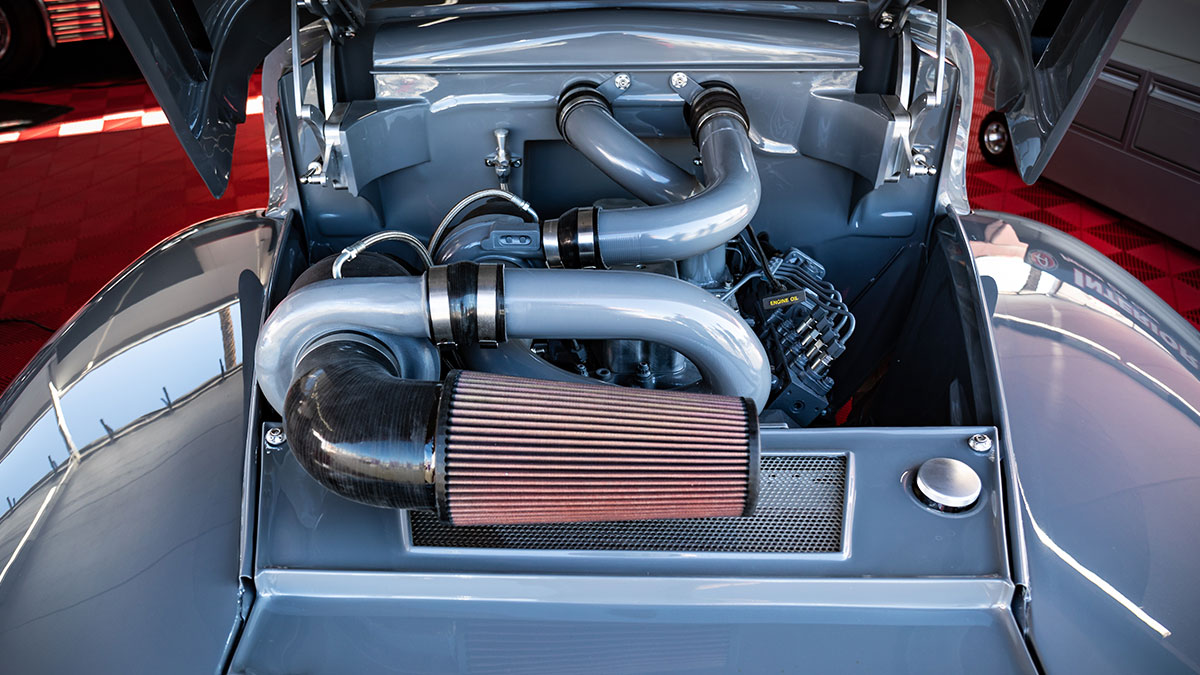
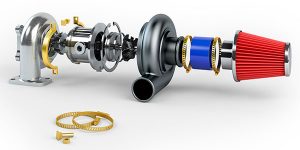
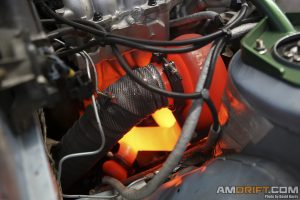
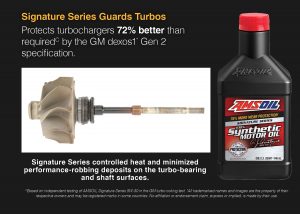
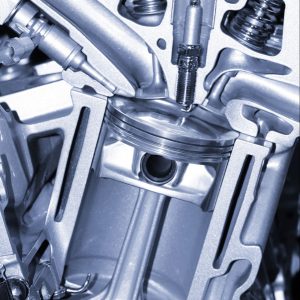
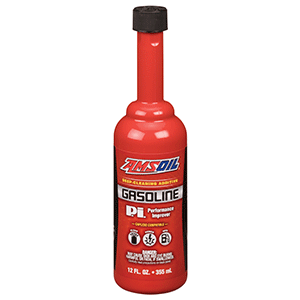
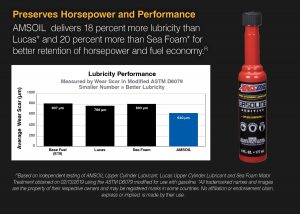
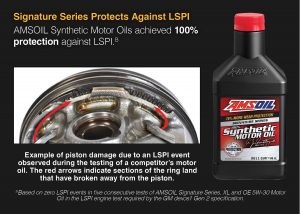




Comments
Share: